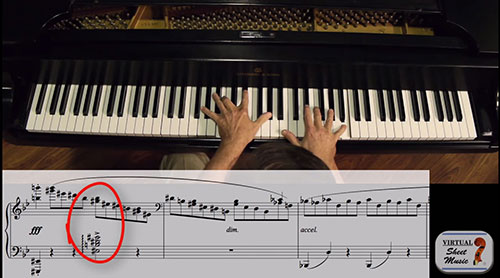Despite what the title might imply, this is not a match to determine who is the better composer. Today we are going to discuss the similarities and differences between these two iconic composers and see what we can learn in the process. We’ve done this before with the differences between Mozart and Beethoven.
The most obvious similarity between Chopin and Liszt is that they are both from the same era of Classical Music – The Romantic Period. There were certainly trends in music during this time and that is evident by the similarities between these two composers. However, even though they are from roughly the same time period, there are many differences that separate their work from one another.
Geography is a huge contributing factor in a composer’s music. Liszt was Hungarian and as such the music has a certain flavor and boisterousness. He was a musical superstar in his time and many of his pieces reflect his pyrotechnic technique. Chopin was Polish and lived a long time in France. His music can often have a poetic quality and is definitely a product of his environment. However, there is tremendous overlap in their styles and there are examples that can disprove the generalities I express here. Generally though you can get an idea of the flavor you get from each of these two composers.
In the Liszt 6th Hungarian Rhapsody there is a lot of heroism and Hungarian influence. The Hungarian rhythms almost make you want to dance with with the energetic rhythms! Chopin’s work is more characteristically nuanced in his approach. Take for example the middle of the A-flat ballade, it’s very poetic and elegant even with the technical demands.
Both composers have such a wide variety of work that it’s easy to see overlap in the styles of each of these composers. With that in mind let’s take some examples of lyrical music and see how each of these composers approach this.
In the middle section of Liszt’s 6th Hungarian Rhapsody there is a lyrical section that, even though it’s melodic and beautiful, still has dark undertones that are very characteristic of his music as a whole. Let’s take a Chopin waltz; it’s still very elegant and light without the dark undertones that are found throughout Liszt’s work.
Now I could take different examples and you would really have a hard time telling who wrote what! If you study these two composers in depth though you will definitely begin to see where their music separates and how each of them is unique. Again, the big differences lie more in where these two grew up and the lives they lived as well as their inherent personalities.
Thanks again for joining me, Robert Estrin Robert@LivingPianos.com (949) 244-3729. Please let us know how you like this series and if you have any questions or suggestions for future videos please send them our way.









